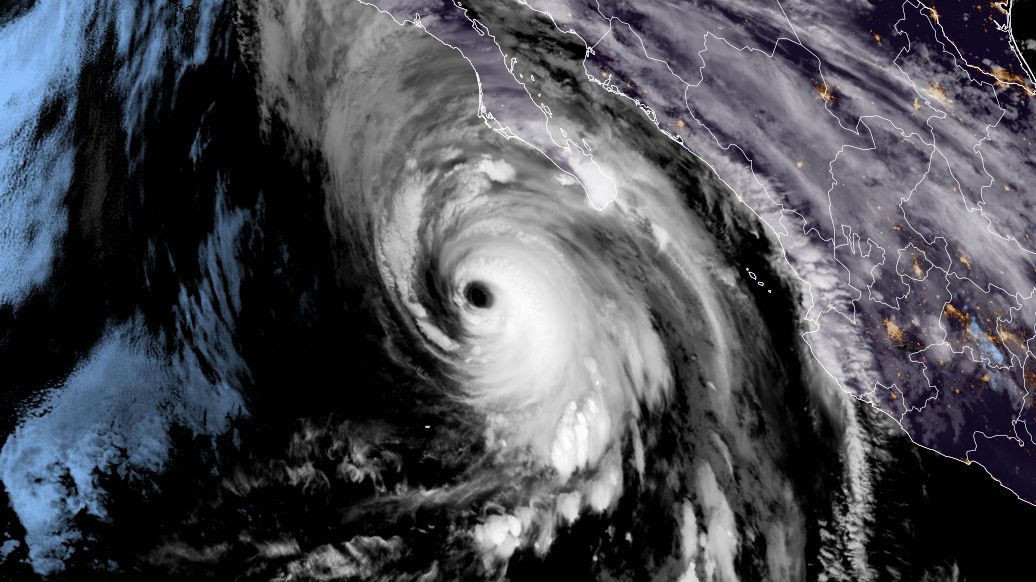The last time a Pacific tropical storm made landfall north of Mexico was back in 1939. This storm has been named "The 1939 Long Beach Tropical Storm" or "The 1939 California Tropical Storm."
That tropical storm in 1939 came ashore near San Pedro and killed nearly 100 people, according to the New York Times. It also caused an estimated $2 million in damages, which is equivalent to $44 million in today's value.
Without today's satellite and radar technology, this storm came as a surprise and caught many boaters off guard, which led to almost half the total deaths. Almost all the other deaths came from flooding.
Thanks to modern satellite and radar technology, Southern California was prepared for Hilary. At one point, Hilary was a major Category 4 hurricane.
As it moved over cooler waters in the 70s off of Central Baja, it lost strength and eventually made landfall as a tropical storm over northern Baja. Also, waters off the coast of Baja and Southern California were slightly above normal, which may have slowed the storm's weakening.
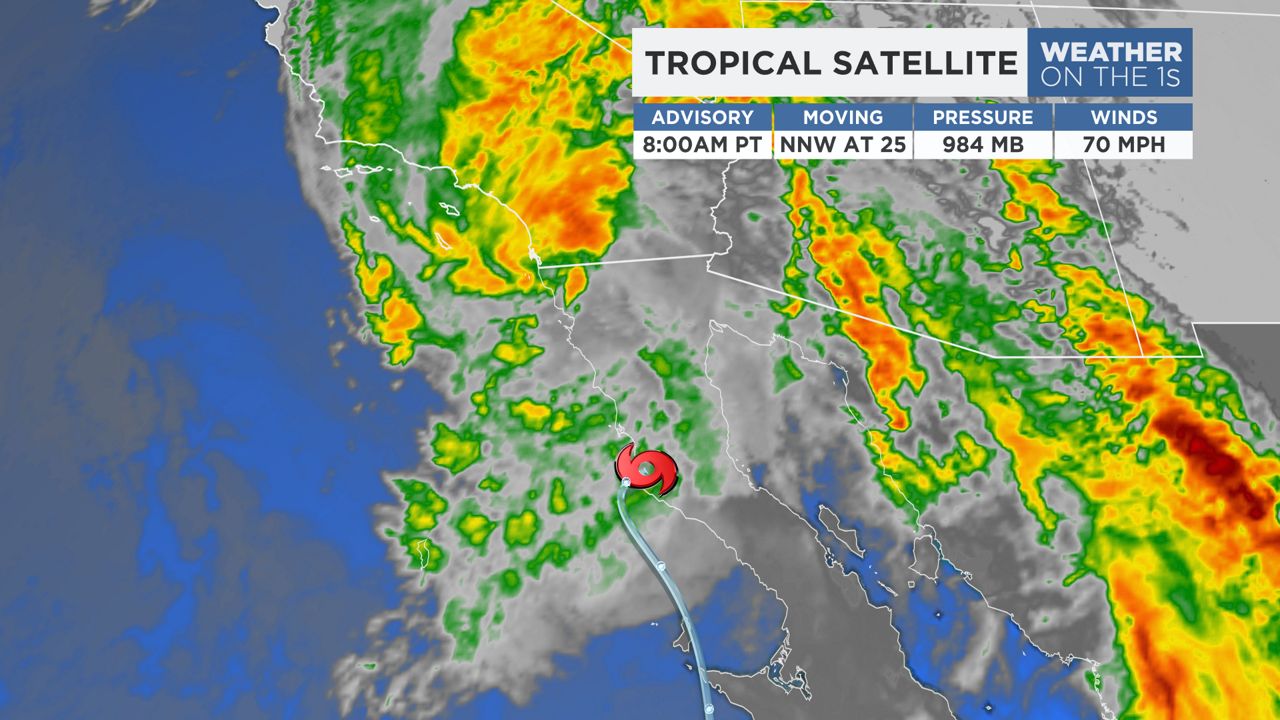
Because Hilary was so strong off the coast of the tip of Baja, it had a relatively short distance to go to get to Southern California.
This is one of the reasons Hilary was able to maintain tropical storm strength (39 to 73 mph sustained winds) as it moved across the Mexican border into Southern California. Hilary's wind gusts were pretty impressive, too.
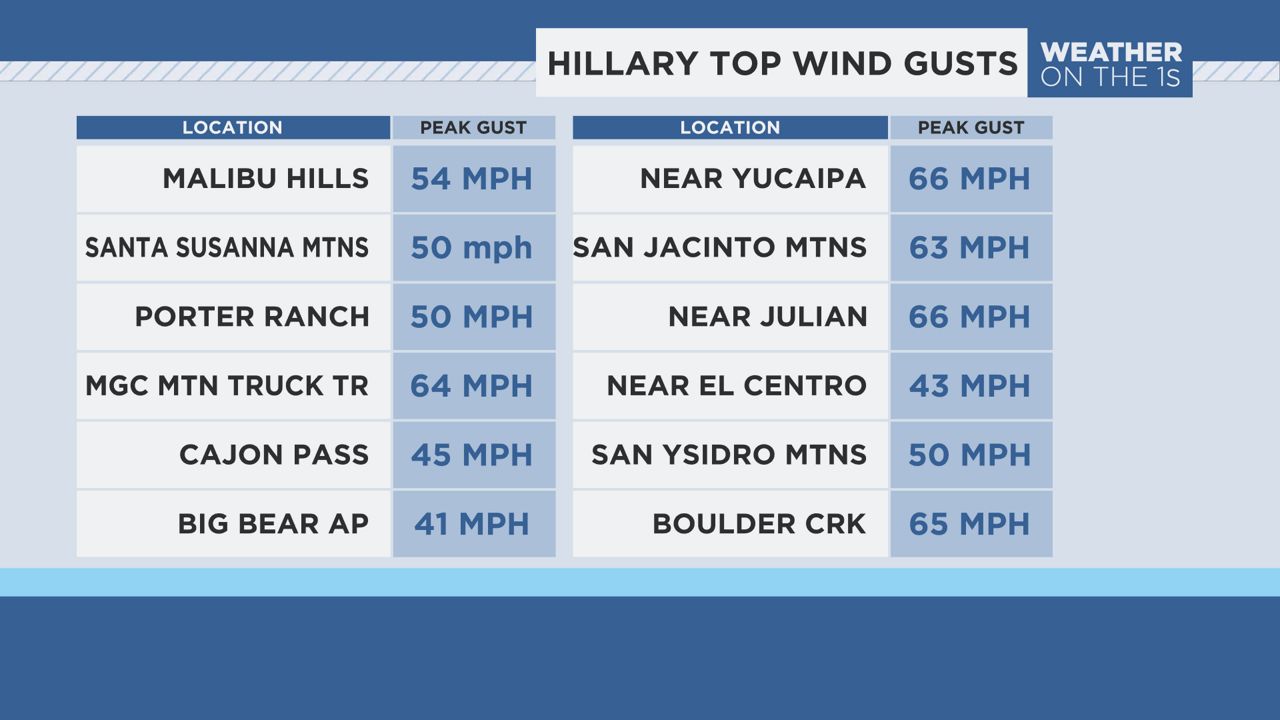
One more reason Hilary was able to make it to Southern California was the upper air pattern toward the end of Hilary's lifetime. The high pressure "heat dome" that had been bringing record heat to the U.S. this summer was just in the right position to bring Hilary northward.
At the same time, an upper level trough of low pressure (sag in the jet stream) was off the California coast. This feature helped pull Hilary north with the help of the upper level high pressure over northern Mexico and the southern U.S.
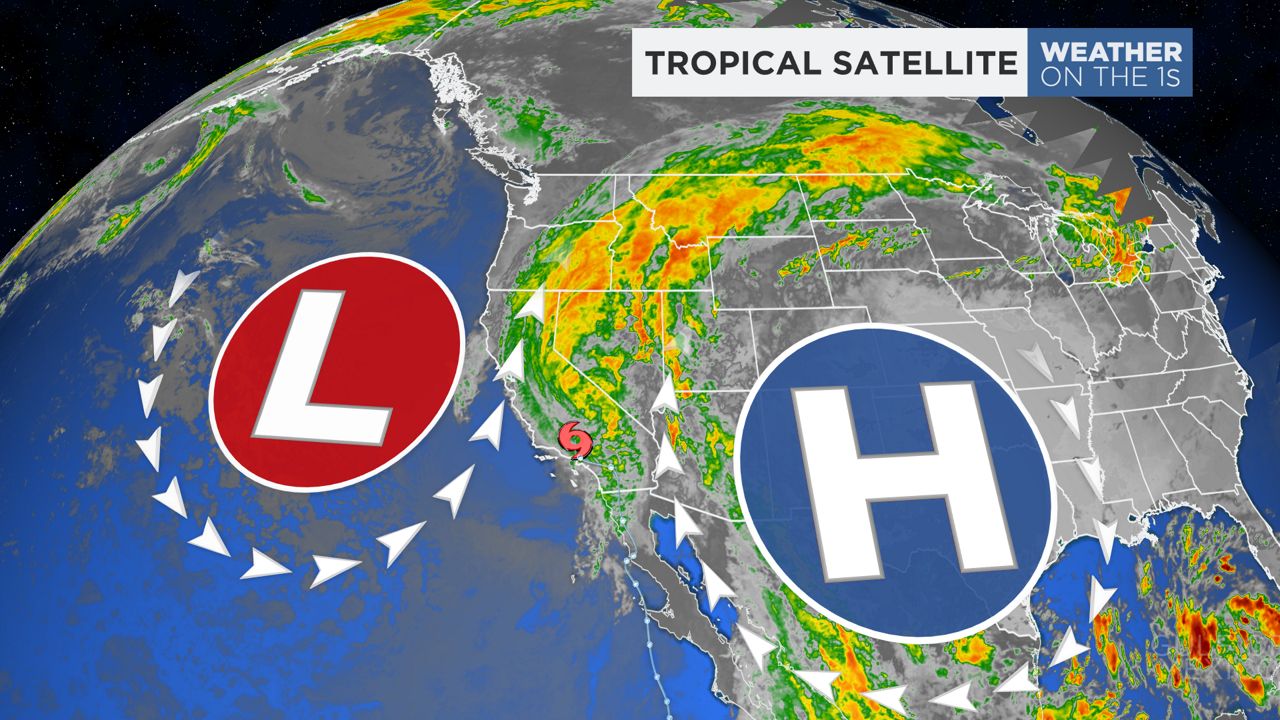
Just because Hilary was downgraded to a tropical storm didn't mean Southern California should take Hilary any less seriously. Tropical storms have enormous amounts of water in them and flooding becomes a real threat. Check out the rainfall totals below.
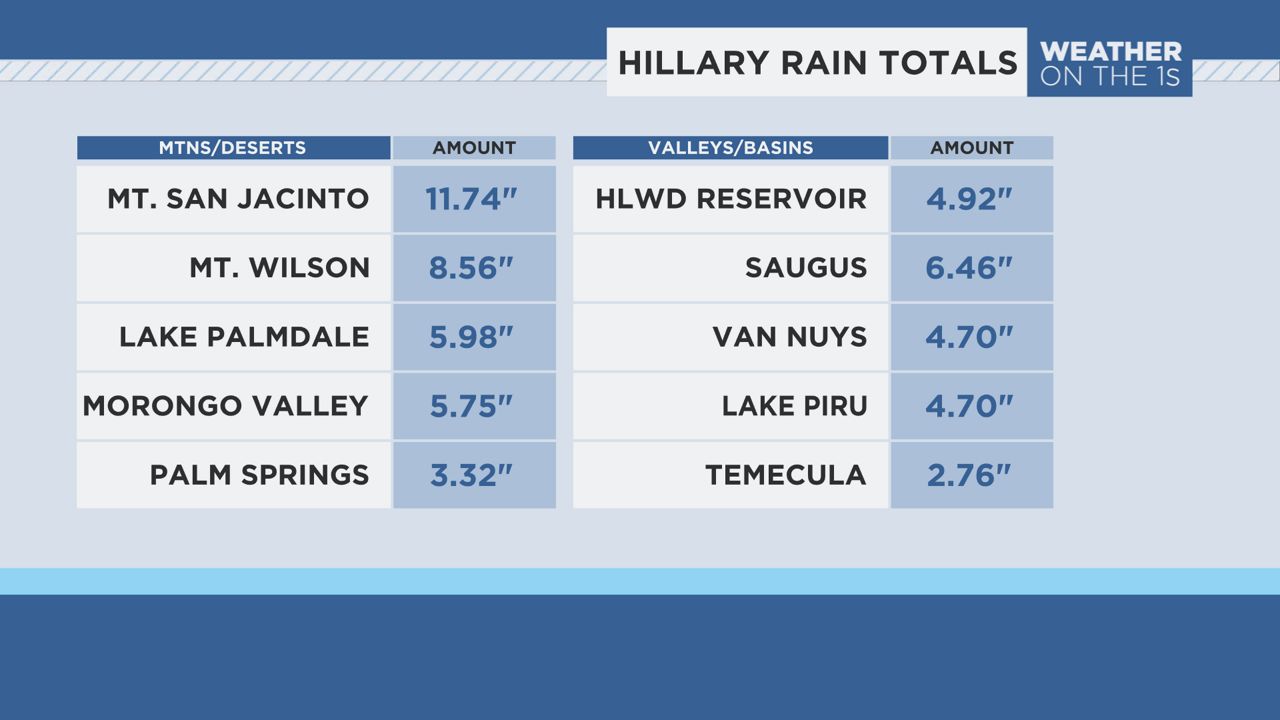
California's topography of mountains to deserts is a treacherous combination when it comes to tropical storms. Add recent burn scars and disastrous debris flows become a part of the picture.
Flash flooding in the deserts can also lead to disasters.
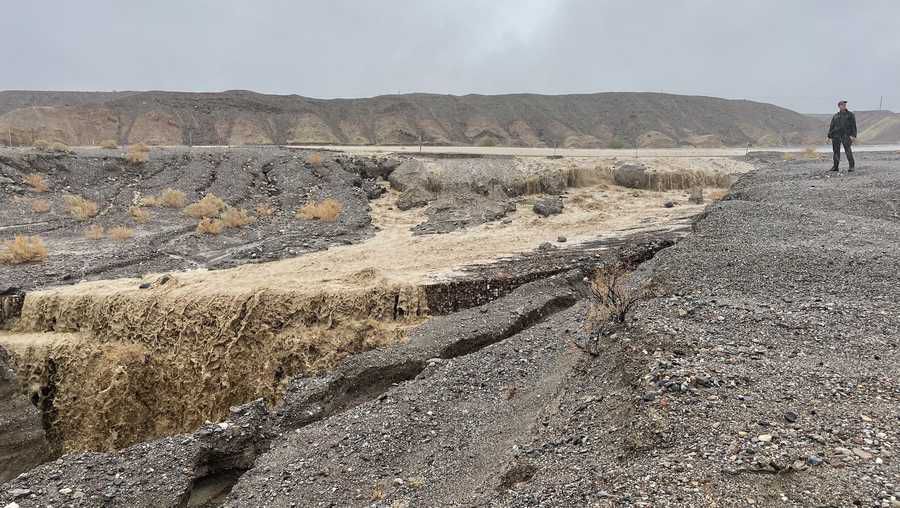
Hard, baked desert soils that haven't seen rain in months act like concrete with very little absorption. So flash flooding becomes a huge threat, especially as rain comes down the mountain slopes onto baked desert soils.
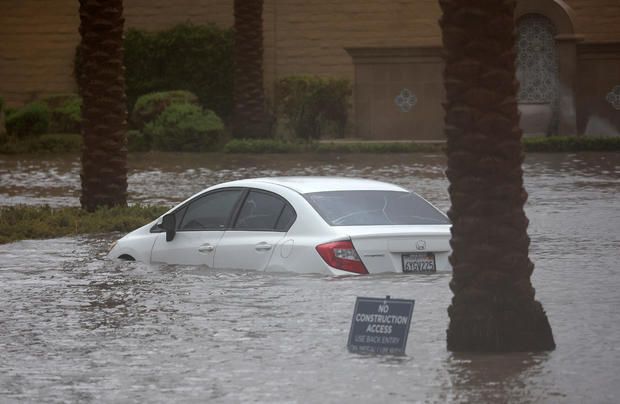
Our team of meteorologists dives deep into the science of weather and breaks down timely weather data and information. To view more weather and climate stories, check out our weather blogs section.



